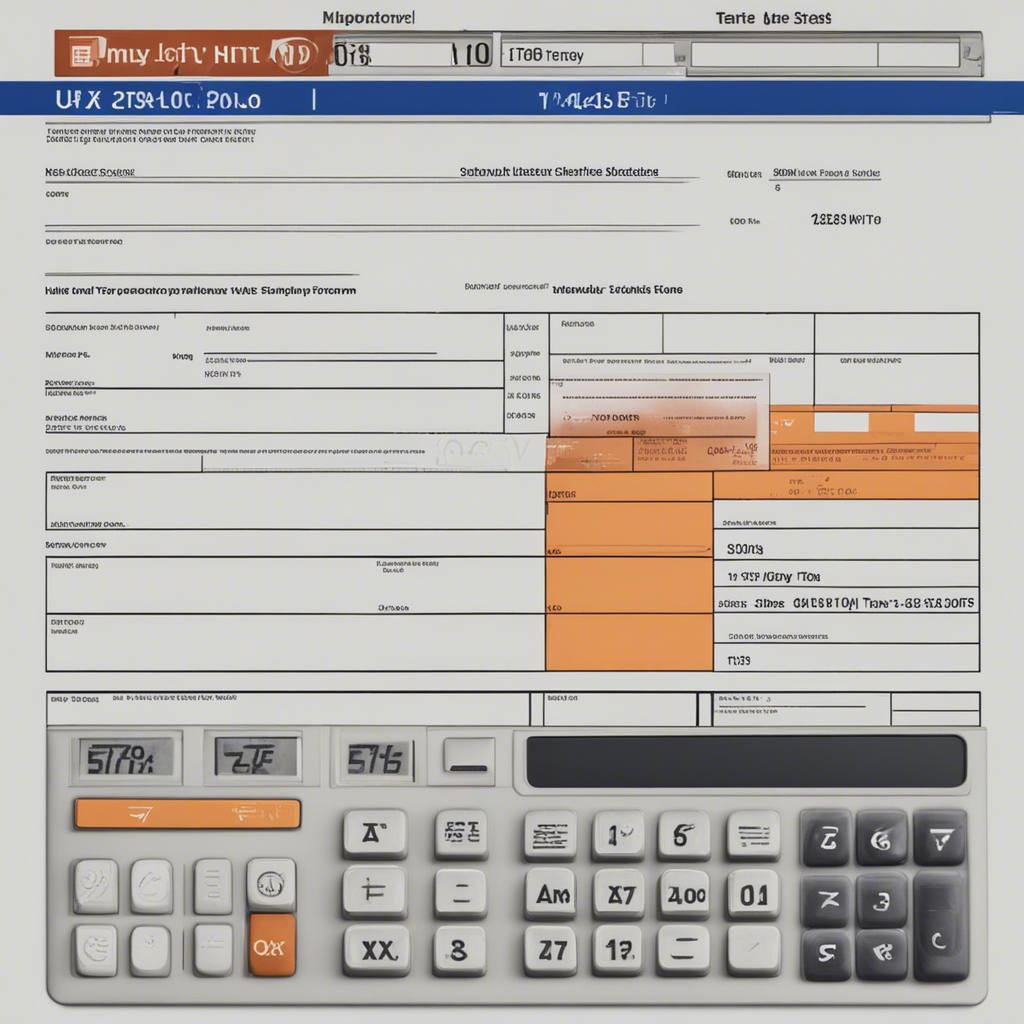
Planning for Retirement: A Comprehensive Guide
Retirement is a significant milestone that requires careful planning to ensure financial security and a comfortable lifestyle in our golden years. While retirement may seem distant for some, it is never too early to start planning for this stage of life. This comprehensive guide aims to provide you with a step-by-step roadmap to help you make informed decisions and take the necessary steps towards a successful retirement.
1. Assess Your Current Financial Situation
The first step in planning for retirement is to assess your current financial situation. This includes understanding your income, expenses, and debt obligations. Start by examining your monthly income from all sources, such as your salary, investments, and any other sources of income. Next, list your monthly expenses, including fixed expenses like mortgage or rent payments, utilities, and insurance, as well as discretionary expenses like travel and entertainment.
Once you have a clear understanding of your finances, calculate your net worth by subtracting your liabilities from your assets. This will give you a snapshot of your current financial standing and enable you to set realistic retirement goals.
2. Set Retirement Goals
Setting retirement goals is crucial for determining how much money you will need to save and invest to maintain your desired lifestyle during retirement. Consider factors such as your desired retirement age, desired annual income during retirement, and any anticipated expenses, such as healthcare costs or travel plans.
Use online retirement calculators to estimate how much you will need to save to achieve these goals. A good rule of thumb is to aim for a retirement income that replaces at least 70-80% of your pre-retirement income. However, this can vary depending on your personal circumstances and goals.
3. Create a Retirement Budget
Creating a retirement budget is essential to ensure you have enough money to meet your retirement goals. Start by estimating your future expenses during retirement, considering factors such as housing, healthcare, food, transportation, and leisure activities. Be conservative with your estimates and include a buffer for unexpected expenses.
Next, identify potential sources of retirement income, such as social security benefits, pensions, and investment income. Determine how much income you will receive from each source and factor that into your budget. If there is a shortfall between your estimated expenses and income, you may need to adjust your retirement goals or consider ways to increase your income, such as working part-time during retirement or diversifying your investment portfolio.
4. Save and Invest Wisely
Saving and investing wisely is crucial for building a retirement nest egg. Start by establishing an emergency fund that can cover at least six months’ worth of living expenses. This fund will provide a financial safety net in case of unexpected expenses or job loss.
Next, explore retirement savings vehicles such as employer-sponsored 401(k) plans, individual retirement accounts (IRAs), and annuities. Contribute to these accounts consistently and take advantage of any employer matching contributions that may be available.
Diversify your investment portfolio to mitigate risk and maximize returns. Consider a mix of stocks, bonds, mutual funds, and real estate investment trusts (REITs), depending on your risk tolerance and investment goals. Regularly review and rebalance your portfolio to ensure it aligns with your retirement goals and objectives.
5. Consider Healthcare and Insurance Needs
Healthcare costs can be a significant expense during retirement. It is important to understand your healthcare options and plan accordingly. Research Medicare eligibility requirements, coverage options, and associated costs. Consider purchasing supplemental health insurance or long-term care insurance to provide additional coverage for potential medical expenses.
Review your existing insurance policies, such as life insurance and disability insurance, to ensure they meet your needs during retirement. Evaluate the need for these policies based on your financial obligations and the support you wish to provide for your loved ones in the event of your passing.
6. Continually Monitor and Adjust Your Plan
Retirement planning is an ongoing process that requires regular monitoring and adjustments. Review your retirement plan at least annually or whenever there are significant life changes, such as a job change, marriage, or the birth of a child. Reassess your goals, budget, and investment portfolio to ensure they remain aligned with your evolving circumstances and aspirations.
Consult with a financial advisor or retirement planning professional who can provide personalized advice tailored to your specific needs and goals. They can help you navigate complex retirement topics and assist in making informed decisions along the way.
Conclusion
Planning for retirement is a comprehensive process that involves careful assessment, goal setting, budgeting, saving, and investing. By following this comprehensive guide, you can take the necessary steps towards a secure and comfortable retirement. It is never too early to start planning for the future, so take action today and begin your journey towards a well-prepared retirement. Remember, regular review and adjustments are key to ensuring your retirement plan stays on track.






